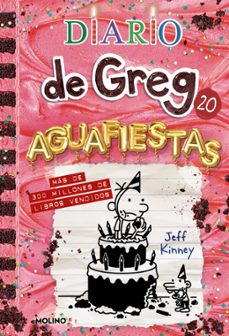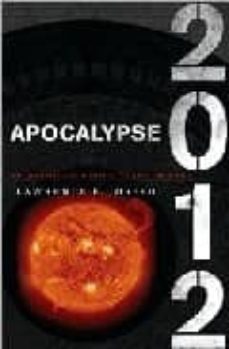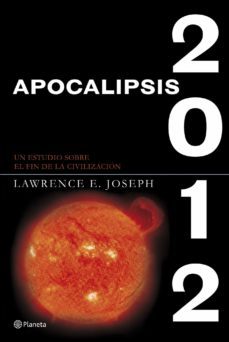Imprescindibles
Ficción
No Ficción
Ciencias y tecnología Biología Ciencias Ciencias naturales Divulgación científica Informática Ingeniería Matemáticas Medicina Salud y dietas Filología Biblioteconomía Estudios filológicos Estudios lingüísticos Estudios literarios Historia y crítica de la Literatura
Humanidades Autoayuda y espiritualidad Ciencias humanas Derecho Economía y Empresa Psicología y Pedagogía Filosofía Sociología Historia Arqueología Biografías Historia de España Historia Universal Historia por países
Infantil
Juvenil
#Jóvenes lectores Narrativa juvenil Clásicos adaptados Libros Wattpad Libros Booktok Libros de influencers Libros de Youtubers Libros Spicy Juveniles Libros LGTBIQ+ Temas sociales Libros ciencia ficción Libros de acción y aventura Cómic y manga juvenil Cómic juvenil Manga Shonen Manga Shojo Autores destacados Jennifer L. Armentrout Eloy Moreno Nerea Llanes Hannah Nicole Maehrer
Libros de fantasía Cozy Fantasy Dark academia Hadas y Fae Romantasy Royal Fantasy Urban Fantasy Vampiros y hombres lobo Otros Misterio y terror Cozy mistery Policiaca Spooky Terror Thriller y suspense Otros
Libros románticos y de amor Dark Romance Clean Romance Cowboy Romance Mafia y amor Romance dramatico Romcom libros Sport Romance Otros Clichés Enemies to Lovers Friends to Lovers Hermanastros Slow Burn Fake Dating Triángulo amoroso
Cómic y manga
Novela gráfica Novela gráfica americana Novela gráfica europea Novela gráfica de otros países Personajes, series y sagas Series y sagas Star Wars Superhéroes Cómics DC Cómics Marvel Cómics otros superhéroes Cómics Valiant
eBooks
Literatura Contemporánea Narrativa fantástica Novela de ciencia ficción Novela de terror Novela histórica Novela negra Novela romántica y erótica Juvenil Más de 13 años Más de 15 años Infantil eBooks infantiles
Humanidades Autoayuda y espiritualidad Ciencias humanas Economía y Empresa Psicología y Pedagogía Filosofía Historia Historia de España Historia Universal Arte Cine Música Historia del arte
Ciencia y tecnología Ciencias naturales Divulgación científica Medicina Salud y dietas Filología Estudios lingüísticos Estudios literarios Historia y crítica de la Literatura Estilo de vida Cocina Guías de viaje Ocio y deportes
Lawrence E. Joseph
Recibe novedades de LAWRENCE E. JOSEPH directamente en tu email
Filtros
Del 1 al 3 de 3
BROADWAY 9780767924481
Don't look up It won't help. You can't get out of the way, you can't dig a hole deep enough to hide. The end is coming, and there's nothing you can do about it. So why read this book? Because you can't look away when not just the religious fanatics are saying we're all going to be destroyed but the scientists are in on the act too. Here's what they're saying: We're a million years over due for a mass extinction. The sun at radiation minimum is acting much worse than at solar maximum, and one misdirected spewing of plasma could fry us in an instant. The magnetic field—which shields us from harmful radiation—is developing a mysterious crack. Our solar system is entering an energetically hostile part of the galaxy. The Yellowstone supervolcano is getting ready to blow, and if it does, we can look forward to nuclear winter and 90 percent annihilation. The Maya, the world's greatest timekeepers ever, say it's all going to stop on December 21, 2012. So, see? There's nothing you can do, but you might as well sit back and enjoy the show. You'll get a good chuckle. That's why you should read this book.
Ver más
Tapa blanda
Editorial Planeta 9788408073796
El fin del mundo puede estar mucho más cerca de lo que creemos. Terremotos devastadores. Tsunamis y huracanes nunca vistos. Temperaturas globales inaguantables. Guerra mundial. Desde siempre, el hombre ha querido predecir cómo terminará todo. Ahora, Lawrence E. Joseph revela por qué 2012 se ha señalado como el día del fin del mundo, tanto por fuentes antiguas como por la ciencia contemporánea. La radiación del sol va en aumento y los científicos calculan que alcanzará su punto máximo en 2012. El sistema solar está entrando en una nube de energía dentro de la galaxia que puede afectar al clima y la atmósfera. El supervolcán del parque Yellowstone da muestras de volver a entrar en actividad. Y hasta el calendario maya indica el 21 de diciembre de 2012 como el día del fin del mundo. Todo se combina alrededor de esa fecha mágica.
Ver más
Tapa blanda
Del 1 al 3 de 3
























